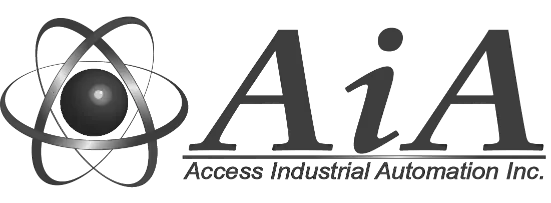Address
1990 Foundry Ct.
Suite B
Ceres, CA. 95307
Work Hours
Monday to Friday: 7AM - 4PM
Weekend: On Call
Dedicated to advancing automation across industries, Access Industrial Automation offers tailored solutions that seamlessly integrate software and hardware to optimize manufacturing processes. Our seasoned engineers specialize in automated measurement and control, providing reliable and innovative services to enhance efficiency and precision in your operations. Partner with us to unlock the full potential of industrial automation and propel your business into the future.
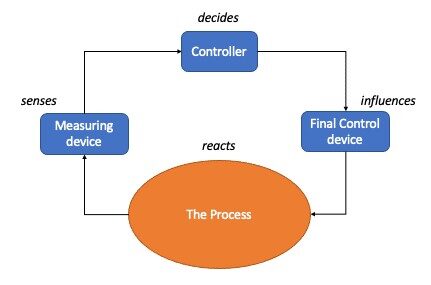
We define industrial automation, or as it is called sometimes factory automation, as the use of software and hardware to control machinery in a manufacturing environment. This often involves industrial Instrumentation which is the science of automated measurement and control. It is applied in many different fields, including research, industry, and everyday life. Examples include automobile engine control systems, thermostats, autopilots, and the manufacture of pharmaceutical drugs. Automation is all around us.
The first step needed to automate anything on the factory floor begins with measuring something. We need to measure what processes we have before we can begin to control it properly. This measurement typically includes:
Once we have taken our measurements, we can then act upon the information we have obtained. This can be in the form of displaying the data so a human can make decisions and interact with that data, by manually controlling the equipment. Or, as is the case for most factory automation systems, the data can be used by a computer, in most cases a Programmable Logic Controller, to be acted upon by taking some kind of automated action. This action then influences the original data being measured through the manipulation of a final controlling device. This device can have many forms, but some of the most common are control valves, electric motors, heaters, etc…
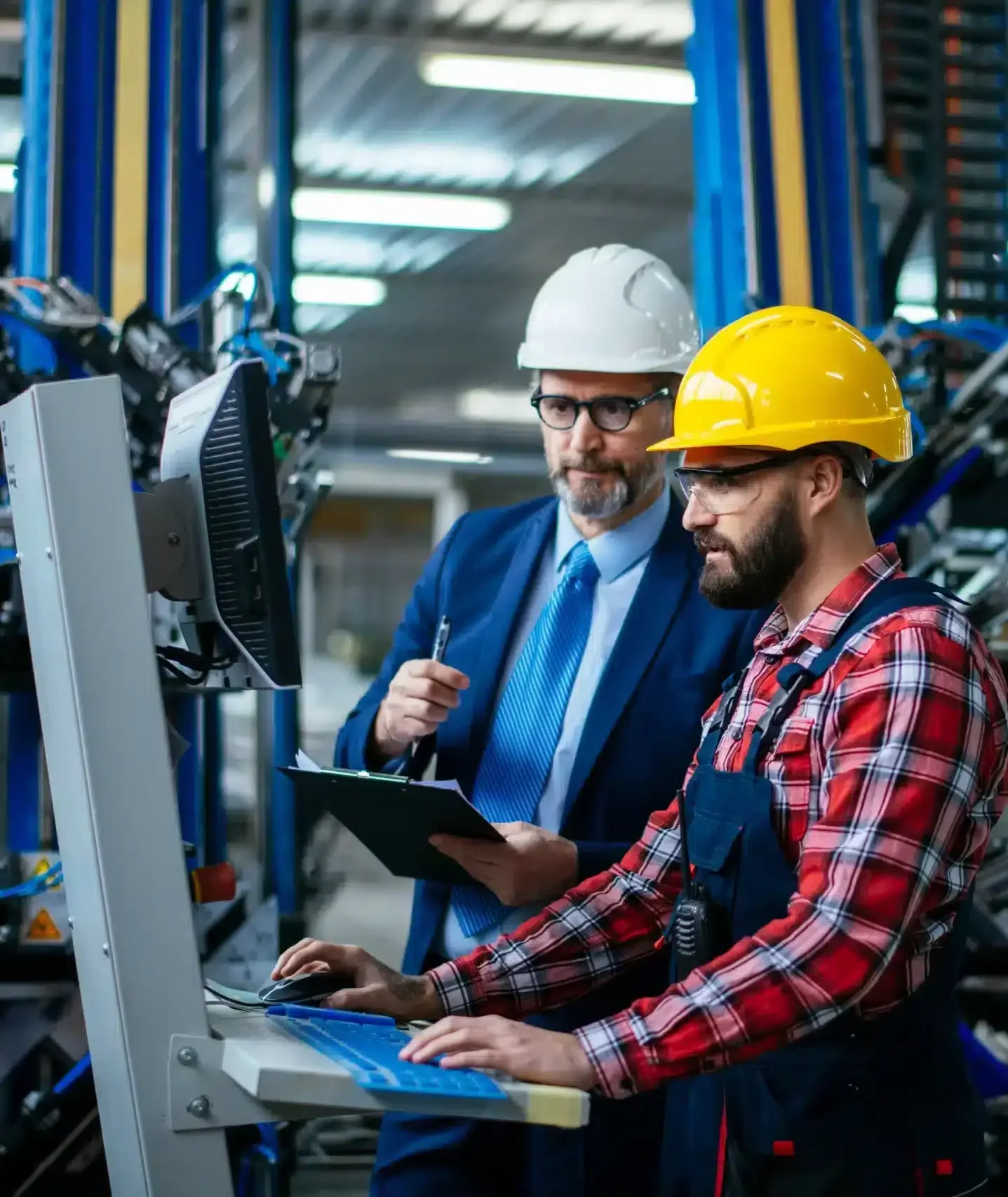
Pretty much all homes have a thermostat. This is a great example of a measurement and control system, with the home’s internal air temperature being the process that is controlled. In this example, the thermostat usually serves two functions: sensing and controlling. The homes heating system is the final control device which then modifies the temperature being sensed by the thermostat. This control system has a single function: to maintain the room temperature. If the current temperature deviates from the desired level, either by heating or cooling, it takes action to correct it.
Taking this concept to the industrial factory floor there are more examples than we can mention here, but on such example might be a boiler water level control system.
Steam boilers are a common feature in industry because they offer a lot of utility. They can be used for mechanical work (e.g.: a steam engine moving some sort of machine), heat production, and to produce vacuums (thanks to the use of “steam ejectors”) and ‘augmenting’ or improving chemical processes such as reforming natural gas into hydrogen and carbon dioxide.
To generate steam, just heat water until it boils. Lots of people know this process from cooking with a regular stove. Generating steam continuously is trickier than just one pot of water on the stove, though. One of the most important things to measure and maintain in a continuous boiler is the level of water within the “steam drum” (the upper vessel in a water-tube boiler). To get a continuous supply of steam, it’s important to maintain the levels of water inside the drum. Make sure the levels never fall too low, or rise too high. If there isn’t enough water in the drum, the burner might burn through the water tubes because the heat rises too high. On the other hand, if there’s too much water in the drum, the steam generated will likely carry liquid water along with it which can cause problems downstream.
Remote Monitoring and Control: PLC systems enable remote monitoring and control of industrial processes, allowing businesses to manage their operations efficiently from anywhere in the world.
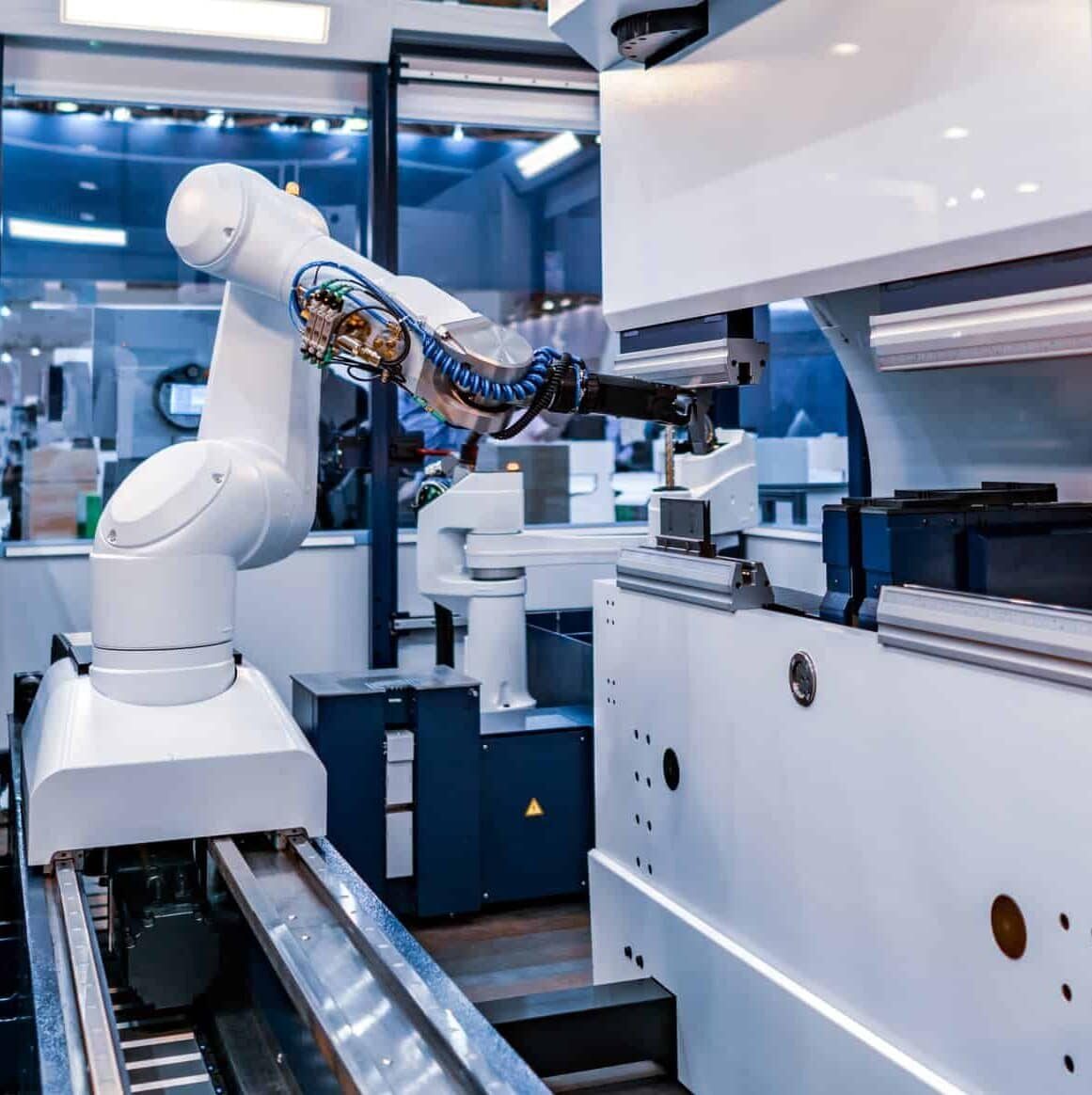
Without a doubt, the “programming” feature is one of the most important features of programmable logic controllers. Eliminating hardwired relay logic control in favor of PLC control provides much more flexibility. Future modifications to the system are one of the primary benefits in that much can be accomplished without rewiring the entire control system. This was always the bane of relay logic.
Every change to a relay logic system involved much effort in rewiring and documentation. While some wiring may need to be done with the PLC control system, the amount of wiring is significantly reduced, saving time and money in the process.
Some of the benefits of of PLC control are listed here:
1990 Foundry Ct. (Suite B)
Ceres CA. 95307
